Trends in Mobile Marketing
Local garden centers have a huge opportunity to capitalize on the smartphone-addicted society.
Two of the three fastest moving, ever changing targets to catch are technology and consumers. The third is your marketing. Directly tied to the first two, your marketing has to evolve and move just as quickly. As technology changes, it affects the way your customer interacts with everything in their day-to-day life. Thus, affecting the way you have to market to them.
One technology that is making a huge impact on how we market to consumers is the smartphone. Last year alone smart phone users increased 60 percent. In the final three months of 2010, ComScore, an independent research group, found that nearly 30 percent of all cell phone users are smartphone users.
These amazing mobile-micro-computers have freed us from our desks and day planners, and they are a huge opportunity for every size business to present their company to the end users.
Anecdotal Evidence
For example, recently I wanted to get out of my office and go on a long walk. The first thing I grabbed was my HTC Evo smartphone. Hitting the sidewalk, I plugged in my headset to my phone and turned Pandora to listen to streaming radio. Two songs in and a local ad came on for a restaurant. I looked down and there’s the restaurant’s ad on the screen of my phone. I proceeded to push the link to see the restaurant’s menu. Looked good, so I clicked their Open Table link a restaurant review and online reservation site. Reviews are great and, suddenly, I’m not in the mood to cook. Dinner’s booked.
On the drive to the restaurant, I opened my phone’s navigation application, which lead me directly to the spot and also showed me a couple of ads for other spots of interest nearby. Arriving at the door, I used my phone to open Facebook Places and Foursquare to “check-in” and see if there were any special offers. Within seconds after “checking in,” I get a Facebook message from a friend who saw my Facebook post. The message read: “Love that place. Ate there last week. Try the fish tacos.”
I’m not special; this is a typical day in the life of the mobile information generation a generation that would rather have their wallets stolen than their smartphone.
Where You Come In
Local garden centers have a huge opportunity to capitalize on the smartphone-addicted society. While there may be a multitude of ways to go about this, but here’s one that’s easy to start adopting QR codes.
I love, love, love QR codes. All smartphones have keyboards, but they require one finger typing, which isn’t fast. And if it isn’t quick, it isn’t happening. Enter QR codes those funny little squares in black and white that you’re starting to see pop up on printed materials, signs, packaging and magazine ads everywhere.
Here’s why I’m so enamored with them. All smartphones come with cameras. With one of the many free QR code reader apps on your phone, you can take a picture of the code and it will take you directly to the associated website page. This is the cool part it can be any page. Why is this cool? For starters, the customer didn’t have to type in a long trail of alpha and numeric digits, which they probably wouldn’t have done. Second, they go directly to the page you want them to. The following are a couple of examples of how I’ve been using QR codes in local garden center marketing:
Tsugawa Nursery in Woodland, Wash., recently had a “Buy More, Save More” sale, which had many items on sale at one time throughout their five-acre garden center. Tsugawa had flyers and a big reader board at the front of the store, but even those can get passed by and ignored on a busy day. So on each sale sign, we added a QR code on the bottom that read: “Want to see what else is on sale? Capture this QR code with your smartphone to see all our specials happening now!”
This specific QR code went directly to the Tsugawa Nursery “Sales & Specials” page on their website. Now the customer can walk around the garden center with the list of sales items right in her phone.
Additionally, we’re currently reconstructing the nursery’s website and moving their plant information and help/tip sheets hundreds of them to their website. This will not only help with their website search engine optimization (SEO), but even better, we are placing QR codes on all the plant information signs.
Capturing these codes will tie directly to the specific help sheet or handout for their plant variety. Not only is it a reduction in printing costs, but as a consumer, I love not having one more sheet of paper I find months later tattered in my car. Instead, the handout is on my phone, which never leaves my side. When I have a question, it’s there for me to pull up and review, or even share with a friend.
Another recent use of QR codes was with The Plant Farm at Smokey Point in Marysville, Wash. We ran a special offer coupon in the local newspaper. In the ad we included a QR code that linked to a special coupon page on The Plant Farm’s website. The ad read: “Got a smartphone? Capture this code to download the coupon to your phone. Then just show your phone at checkout.”
We then sent out the email version of that special offer and encouraged customers to save a tree by not printing the ad, but instead downloading the coupon to their smartphone.
There are so many exciting opportunities with information distribution and sharing through QR codes. What’s even more exciting are the endless marketing opportunities with today’s (and tomorrow’s) mobile phones.
Real Talk
The best part of creating QR codes for your ads, flyers and signs is it’s not only easy, it’s free less your time. Here’s my favorite QR code creation site http://qrcode.kaywa.com. The QR code is an image, so just like you would place any image or picture, you can save and drop the code into your artwork.

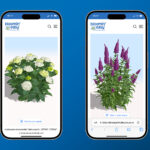




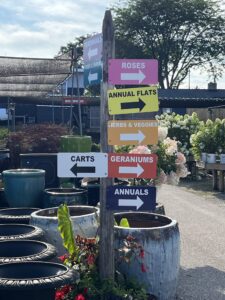
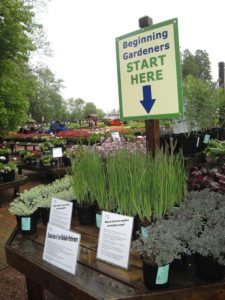
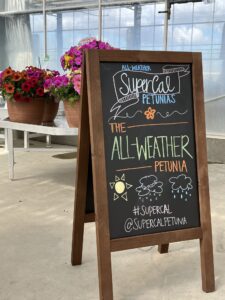
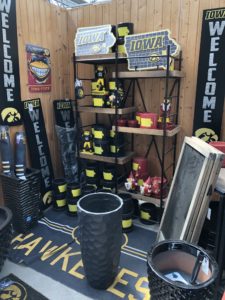
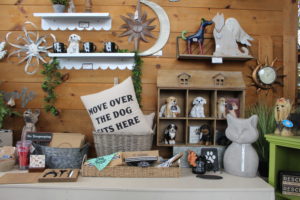

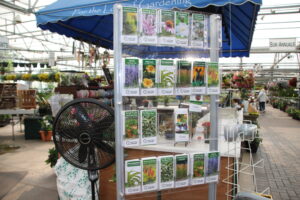
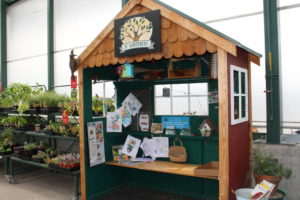


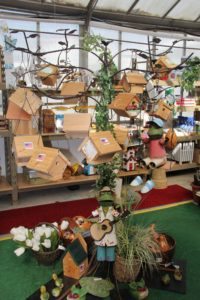
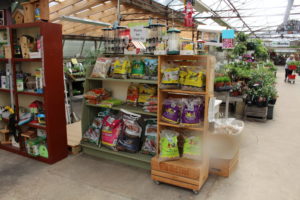
 Videos
Videos





